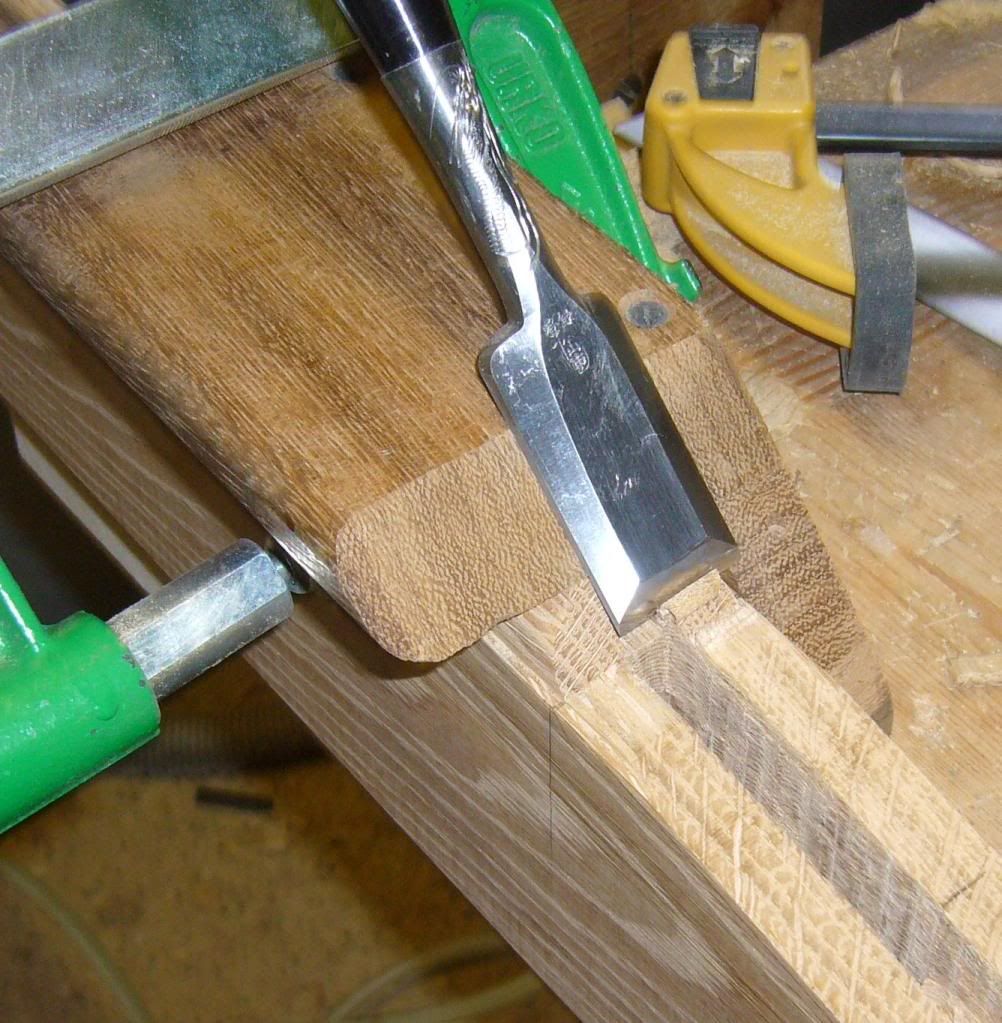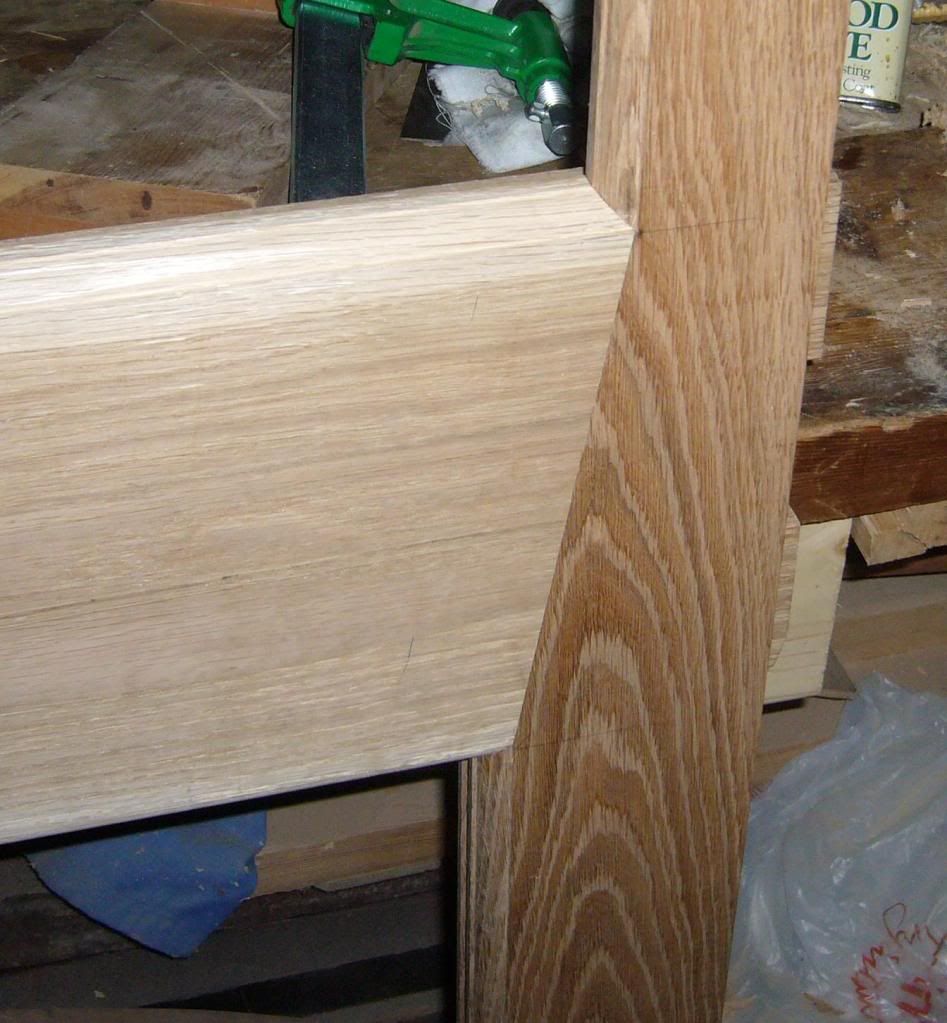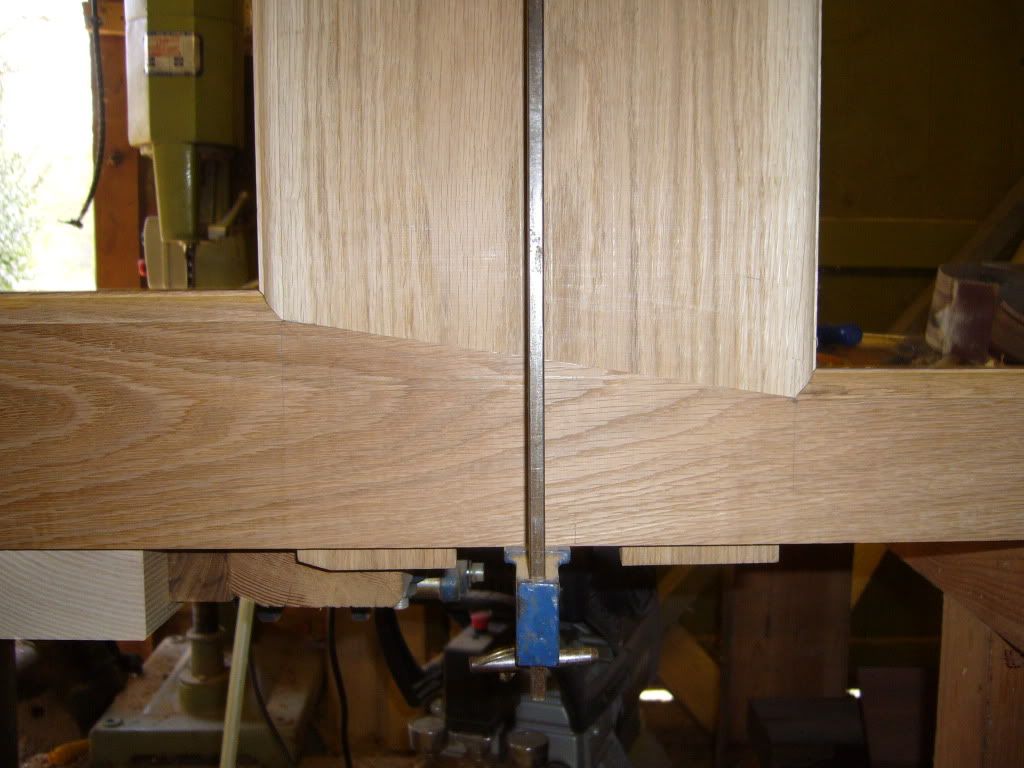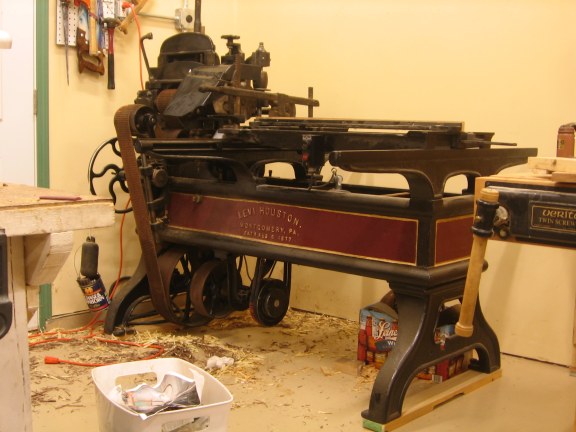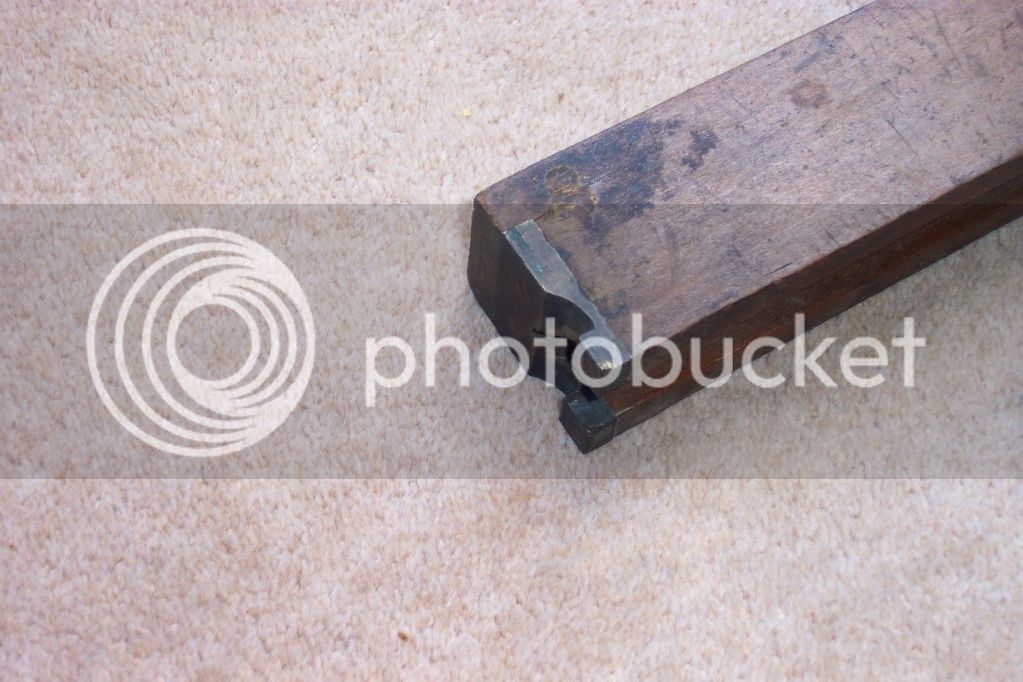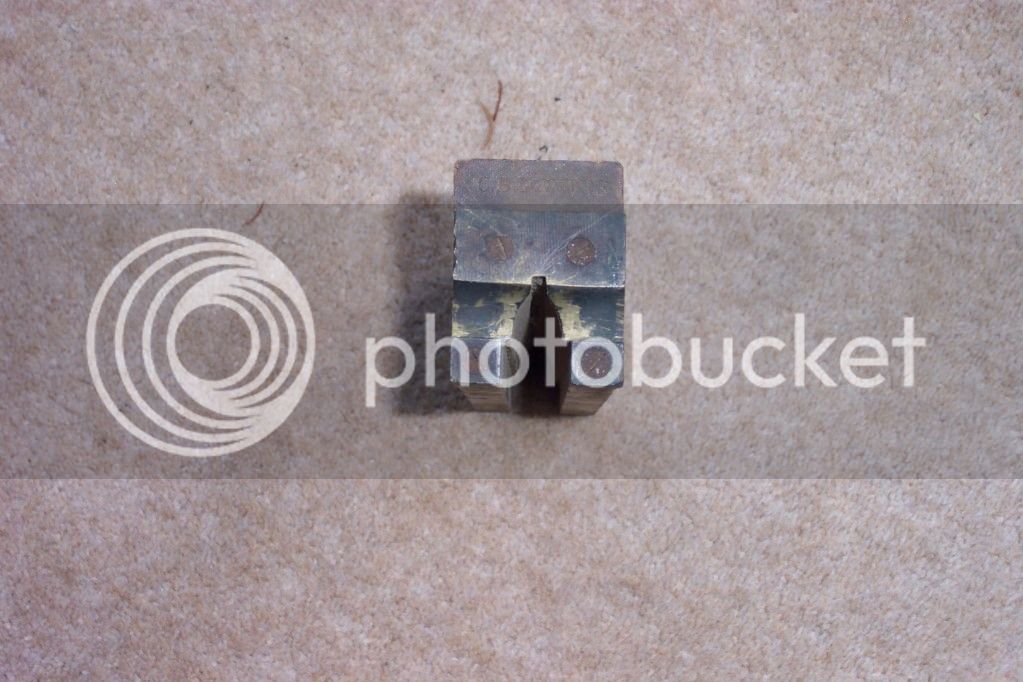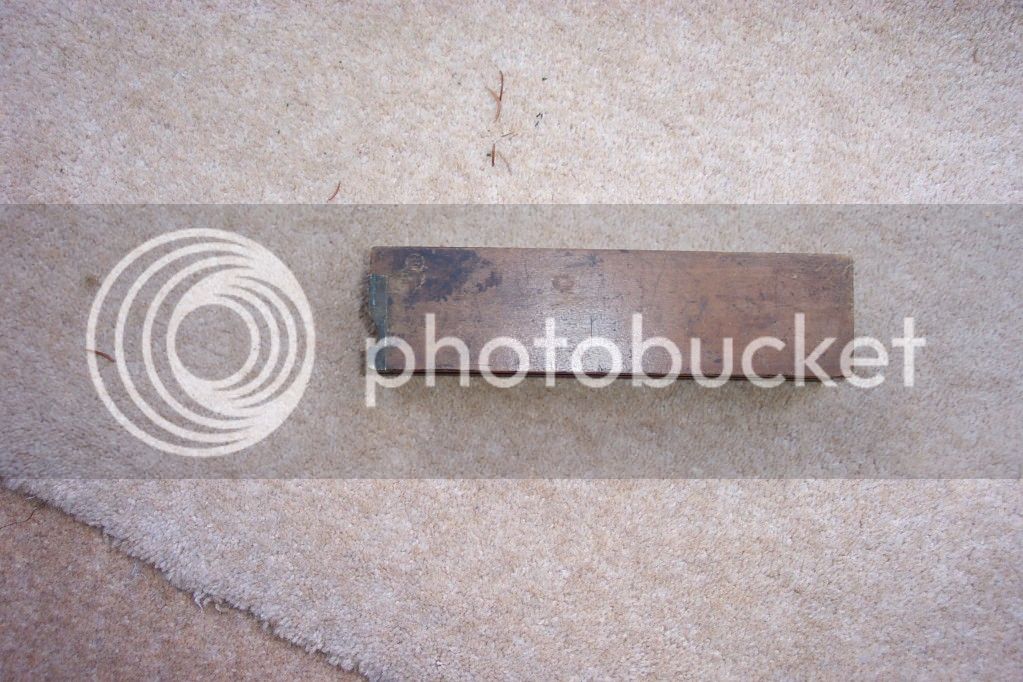I have a lot of doors (house) and windows to make, which call for moulded stiles and rails and scribed tenons. About 150 tenons, not all the same.
In an ideal world I'd get hold of a s/h tenoner, eg a Sedgwick or Multico, but such things don't seem to exist in this part of the world (France).
I've got a Robland combi, so no problem moulding, but changing the cutters over to scribe is a pita and not very accurate.
For instance six doors have four vertical glazing bars, so what I did on the prototype was mould and mortise the stiles, tenon and cope the top and bottom rails, mould and mortise the top and bottom rails, tenon and cope the glazing bars, then put the whole shebang together and find it doesn't fit too well. Like this http://www.timnott.co.uk/gallery/archi/target4.html
I don't think I can cope (HA!) with doing this for six more doors, plus a load of other, single paned doors and windows.
Any ideas? Cutting the basic tenons isn't too bad with a jig on the T/s, but it's the scribing that's the devil.
This is the profile I need to achieve on the tenons

The radii are around 8mm, as are the flat bits each side of the tenon
Sticking it together square and then routing the profile is not an option, nor is applying the mouldings as separate pieces.
I'm wondering whether the router could be used,[/img]
In an ideal world I'd get hold of a s/h tenoner, eg a Sedgwick or Multico, but such things don't seem to exist in this part of the world (France).
I've got a Robland combi, so no problem moulding, but changing the cutters over to scribe is a pita and not very accurate.
For instance six doors have four vertical glazing bars, so what I did on the prototype was mould and mortise the stiles, tenon and cope the top and bottom rails, mould and mortise the top and bottom rails, tenon and cope the glazing bars, then put the whole shebang together and find it doesn't fit too well. Like this http://www.timnott.co.uk/gallery/archi/target4.html
I don't think I can cope (HA!) with doing this for six more doors, plus a load of other, single paned doors and windows.
Any ideas? Cutting the basic tenons isn't too bad with a jig on the T/s, but it's the scribing that's the devil.
This is the profile I need to achieve on the tenons

The radii are around 8mm, as are the flat bits each side of the tenon
Sticking it together square and then routing the profile is not an option, nor is applying the mouldings as separate pieces.
I'm wondering whether the router could be used,[/img]




































